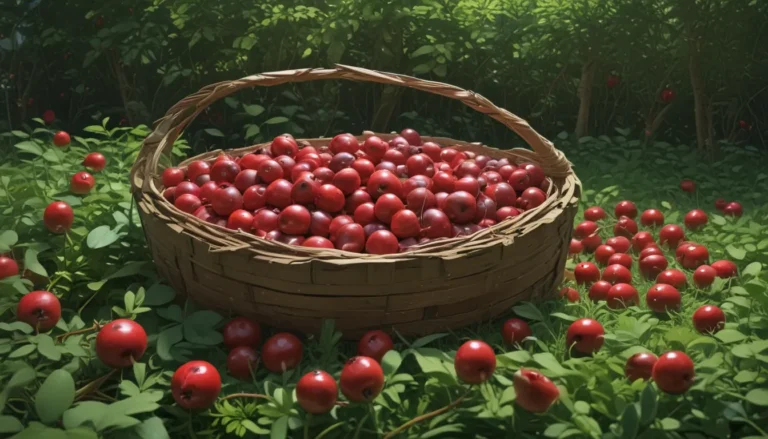Mastering the Art of Watering Fuchsia Plants

Fuchsia plants are notoriously finicky when it comes to water. Too little, and they wilt into a heap. Too much, and they drown. Finding the right balance can be challenging, but it is essential for their thriving.
If you reside in a mild climate with ample rainfall, growing fuchsias may be simpler for you as these plants naturally thrive in such environments. Regions like England and the Pacific Northwest are perfect for fuchsias due to their favorable conditions.
However, if you live in a dry, hot area, or somewhere less than ideal for these plants, you will have to put in extra effort to ensure they receive the care they need. Inappropriate watering is a common culprit behind the demise of fuchsia plants.
To be successful in cultivating these beautiful plants, getting the watering right is paramount. Below, we’ll delve into the details to transform you into a fuchsia watering expert.
What You Will Learn
- When to Water Fuchsia Plants
- How to Water Fuchsia Plants
- Tips for Watering Hanging Fuchsia Plants
Let’s dive in.
When to Water
Determining when to water your fuchsia plants can be a bit tricky. The key is to water them when the soil is dry. However, pinpointing the exact timing can be a challenge.
In my personal experience, improper watering is the primary reason behind the demise of fuchsias. While these plants can tolerate full sun in many regions, they cannot survive in dry soil. Finding the right balance is crucial.
Observing the moisture level in the soil is vital when growing fuchsias. Understanding that overwatering or underwatering can be detrimental is essential. Finger-testing the soil halfway down is one simple way to gauge moisture levels. The soil should feel like a well-wrung sponge. Dry soil indicates a need for water, while a soaking wet sponge signals the need to wait.
In case of a wilting plant but moist soil, misting can help cool the plant and add moisture to the foliage. Placing hanging plants in a shadier spot temporarily may also aid in their recovery.
Watering fuchsia plants in the morning is recommended to prevent unsightly brown spots on flowers caused by excess moisture during the night.
How to Water
Once you’ve determined when to water, knowing how to water your fuchsia plants is equally important.
For plants in the ground, sprinklers or hoses can be used for irrigation. Soil moisture meters, rain gauges, and organic mulch like straw or compost can help retain moisture and guard against fungal issues.
Potted fuchsia plants should be watered slowly to prevent overflow. Drip irrigation is also a suitable method. Repotting in a larger container and amending the soil with rice hulls can aid in moisture retention and drainage.
Tips for Watering Hanging Plants
Watering hanging fuchsia plants can present unique challenges due to their quick drying and overflow tendencies. Bottom watering and slow, controlled watering are effective methods to ensure the roots receive adequate moisture.
In mastering the art of watering fuchsia plants, you can prevent issues such as wilting, leaf drop, or root rot caused by under or overwatering. Following the outlined guidelines will help your plants thrive and flourish.
Share your experiences with fuchsia watering in the comments below! For more information on growing fuchsias, consider exploring the following articles:
- How to Prepare Your Fuchsia Plants for Winter
- Tips for Growing Fuchsia as Houseplants
- How to Grow Hardy Fuchsia Shrubs in the Home Garden
- How to Harvest and Save Fuchsia Seeds
Remember, attentiveness to your plants’ moisture needs is key to their overall health and vibrancy. Happy gardening!





